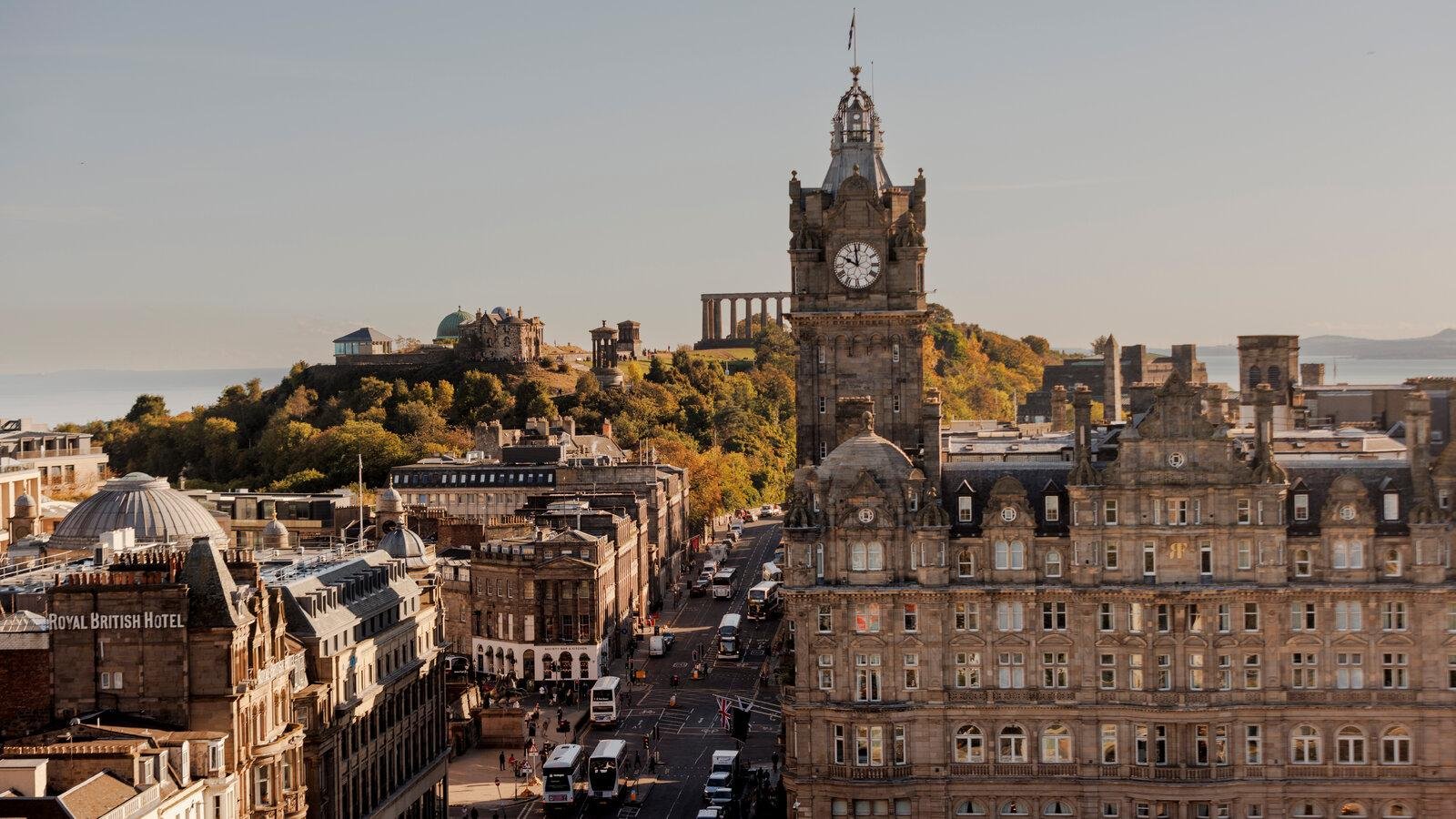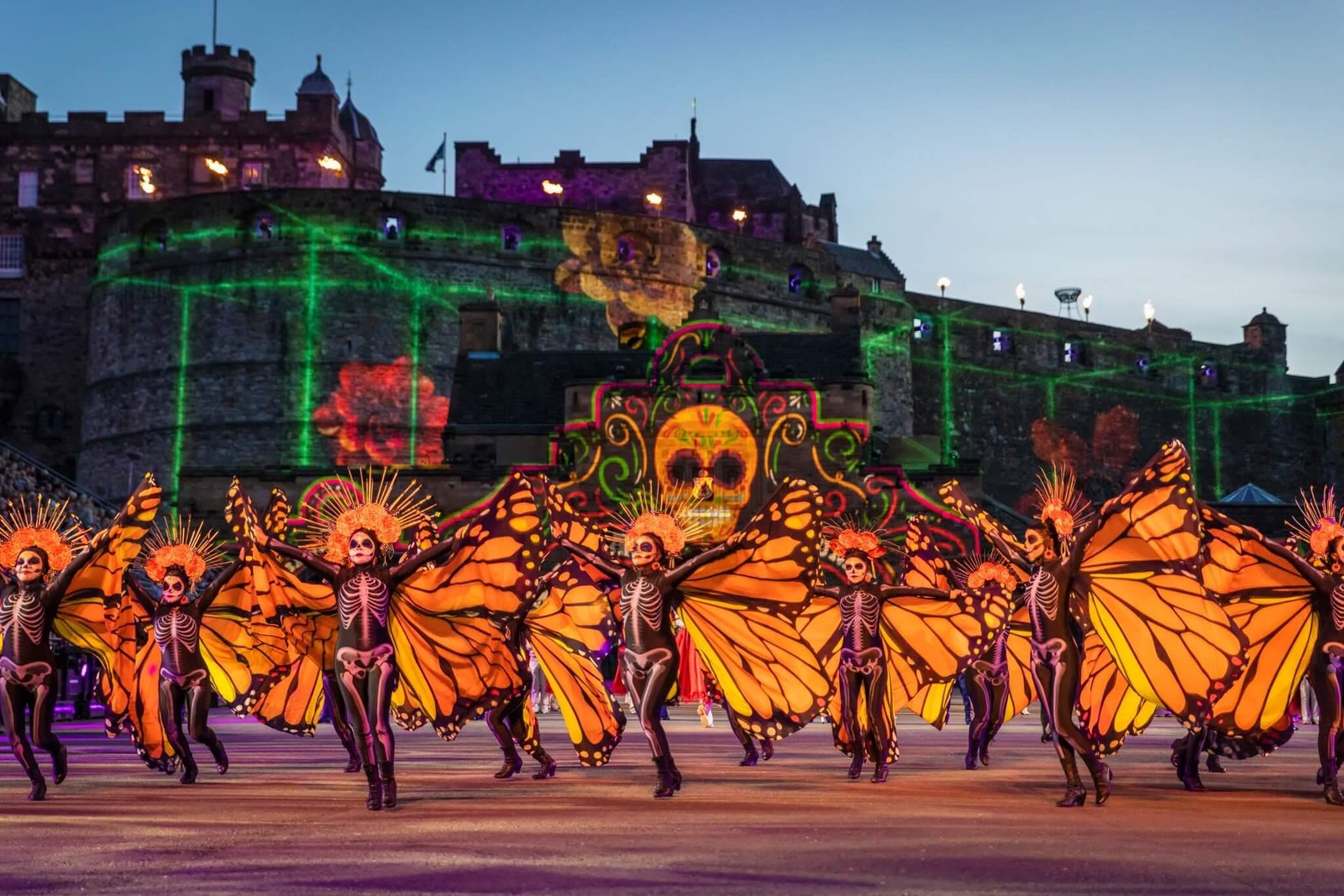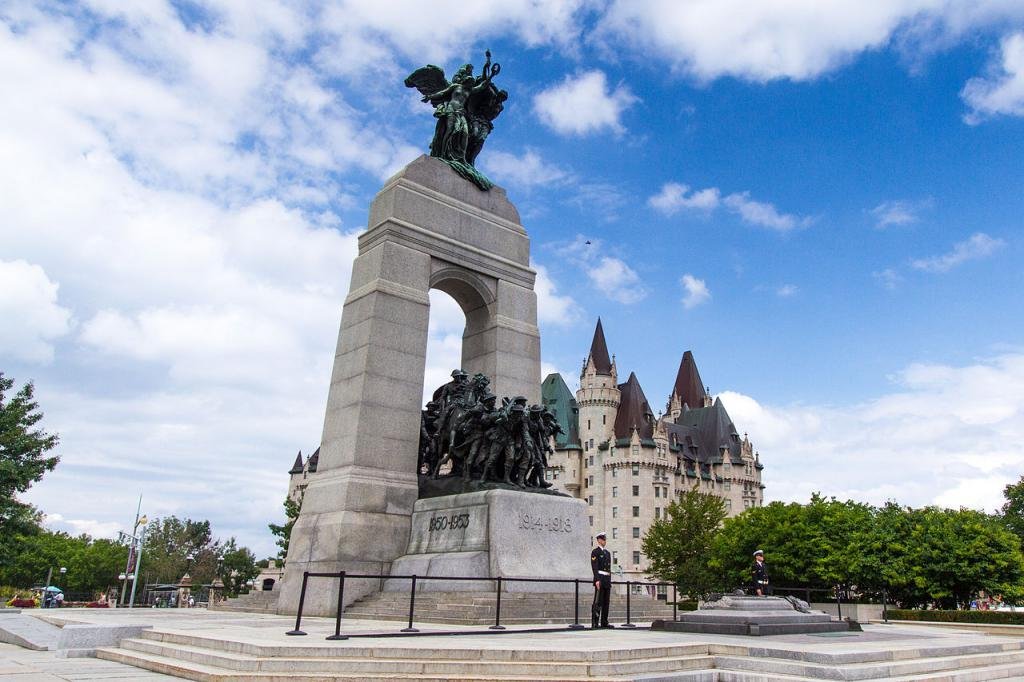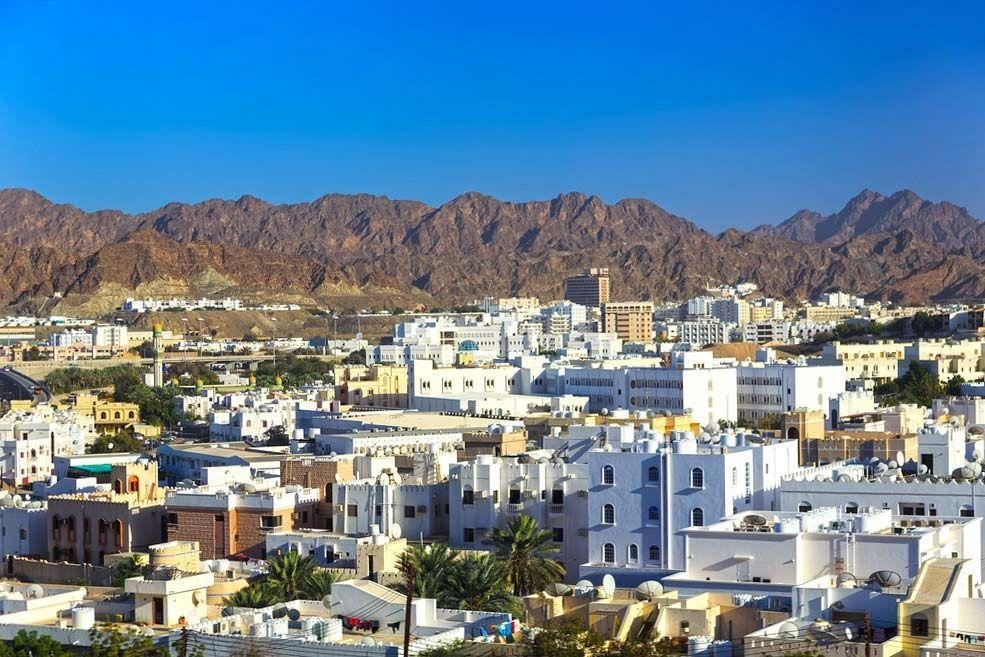Muscat, the capital city of Oman, is a captivating blend of traditional Arabian architecture and modern design, reflecti...
The Architectural Heritage of Edinburgh, United Kingdom

Edinburgh, the capital of Scotland, is a city renowned for its stunning architectural landscape that seamlessly blends history, culture, and modernity. With a rich history that spans centuries, Edinburgh boasts a diverse array of architectural styles, from medieval castles to neoclassical structures, making it a UNESCO World Heritage site.
At the heart of the city stands the iconic Edinburgh Castle, a historic fortress perched atop Castle Rock. This ancient structure has witnessed centuries of Scottish history, and its imposing presence dominates the skyline. The castle features a blend of medieval architecture, with its defensive walls, towers, and the Crown Jewels of Scotland on display. Visitors can explore its many chambers and enjoy panoramic views of the city from its ramparts.
The Royal Mile, which connects Edinburgh Castle to the Palace of Holyroodhouse, is lined with historic buildings and charming closes. This cobbled street reflects the city’s medieval past, with its narrow alleys and colorful facades. The architecture along the Royal Mile showcases a mix of medieval and Georgian styles, offering a glimpse into Edinburgh's rich history.

The Palace of Holyroodhouse, the official residence of the British monarch in Scotland, is another architectural gem. Built in the 16th century, the palace features a stunning façade and beautifully landscaped gardens. The State Apartments, adorned with fine art and historical artifacts, provide insight into the royal history of Scotland. The combination of regal architecture and serene gardens creates a captivating atmosphere, inviting visitors to explore the site.
Edinburgh's New Town, constructed in the 18th and 19th centuries, represents a shift towards neoclassical design. The area is characterized by elegant Georgian townhouses, wide streets, and grand squares. The architectural uniformity of the New Town, with its sandstone facades and symmetrical layouts, reflects the ideals of the Enlightenment period. The iconic George Street and St. Andrew Square are notable examples of this architectural style, featuring impressive buildings and vibrant public spaces.

One of the most distinctive features of Edinburgh's skyline is the Scott Monument, dedicated to the famed writer Sir Walter Scott. Completed in 1846, this Gothic revival monument stands at 61 meters tall and is adorned with intricate sculptures. Visitors can climb to the top for breathtaking views of the city, making it a popular spot for both tourists and locals.
The city is also home to several notable churches, including St. Giles' Cathedral, a masterpiece of Gothic architecture. The cathedral's magnificent crown spire and stunning stained glass windows draw visitors from around the world. Inside, the intricate woodwork and ornate details create a sense of reverence, making it a significant place of worship and a testament to Edinburgh's rich spiritual heritage.
Modern architecture is also present in Edinburgh, with innovative designs that complement the historic landscape. The Scottish Parliament Building, completed in 2004, showcases a contemporary design that contrasts with the surrounding historic structures. Designed by Enric Miralles, the building features a unique façade and organic shapes, reflecting the natural landscape of Scotland. The interior spaces are designed to promote transparency and accessibility, symbolizing the democratic values of the Scottish Parliament.
The dynamic architectural scene in Edinburgh is further enhanced by cultural institutions such as the National Gallery of Scotland. Housed in a neoclassical building, the gallery boasts an impressive collection of art, including works by renowned artists such as Van Gogh and Monet. The gallery's architecture harmonizes with the surrounding landscape, creating an inviting space for art appreciation.
Edinburgh is also known for its commitment to preserving its architectural heritage. The Old Town and New Town have been designated as a UNESCO World Heritage site, ensuring that their historical significance is recognized and protected. Efforts to maintain and restore historic buildings have helped preserve the city’s character while allowing for modern developments that respect the existing architecture.

The city’s architectural heritage is celebrated through various festivals and events, such as the Edinburgh International Festival and the Edinburgh Festival Fringe. These cultural celebrations take place in historic venues and public spaces, showcasing the city’s vibrant arts scene and its architectural beauty. The festivals attract artists, performers, and audiences from around the world, reinforcing Edinburgh’s status as a cultural capital.
The culinary scene in Edinburgh is also intertwined with its architectural identity. Many restaurants and cafes are housed in beautifully restored historic buildings, offering diners a unique atmosphere to enjoy traditional Scottish cuisine. The combination of architecture and gastronomy creates a vibrant dining experience that reflects the city’s cultural richness.
As Edinburgh continues to evolve, urban regeneration projects aim to revitalize neglected areas while preserving the city’s architectural heritage. Efforts to enhance walkability, promote public transportation, and integrate modern design with historical context reflect Edinburgh’s commitment to sustainable urban development. These initiatives ensure that Edinburgh remains a vibrant and livable city, balancing its rich history with contemporary needs.

The architectural essence of Edinburgh is also reflected in its numerous monuments and memorials. The National War Memorial, located within Edinburgh Castle, honors the sacrifices made by Scots during wartime. This poignant site encourages reflection on the city’s history and the resilience of its people, highlighting the role of architecture in shaping collective memory.
In conclusion, Edinburgh is a city where architecture serves as a reflection of its rich history, cultural diversity, and aspirations for the future. The harmonious blend of medieval castles, neoclassical structures, and modern designs creates a captivating urban environment that enchants all who visit. Whether exploring the grandeur of Edinburgh Castle, admiring the beauty of St. Giles' Cathedral, or enjoying the artistic vibrancy of the New Town, visitors to Edinburgh are sure to be inspired by the city’s architectural charm and cultural depth.
The seamless integration of tradition and modernity ensures that Edinburgh remains a vibrant and livable city, celebrating its past while looking toward the future. With its unique architectural essence, Edinburgh invites all to explore its captivating urban landscape and experience the rich stories that each building has to tell. The city’s architecture not only reflects its glorious past but also shapes its vibrant present and promising future, making it a true gem of the United Kingdom.
Edinburgh’s architectural journey is a testament to the city’s resilience and adaptability, highlighting its ability to embrace change while honoring its historical roots. From its historic castles to modern cultural institutions, Edinburgh stands as a vibrant example of how architecture can embody the spirit of a place and its people. The city’s commitment to preserving its architectural legacy while embracing innovation ensures that Edinburgh will continue to thrive as a cultural and architectural destination for generations to come.
Share:




